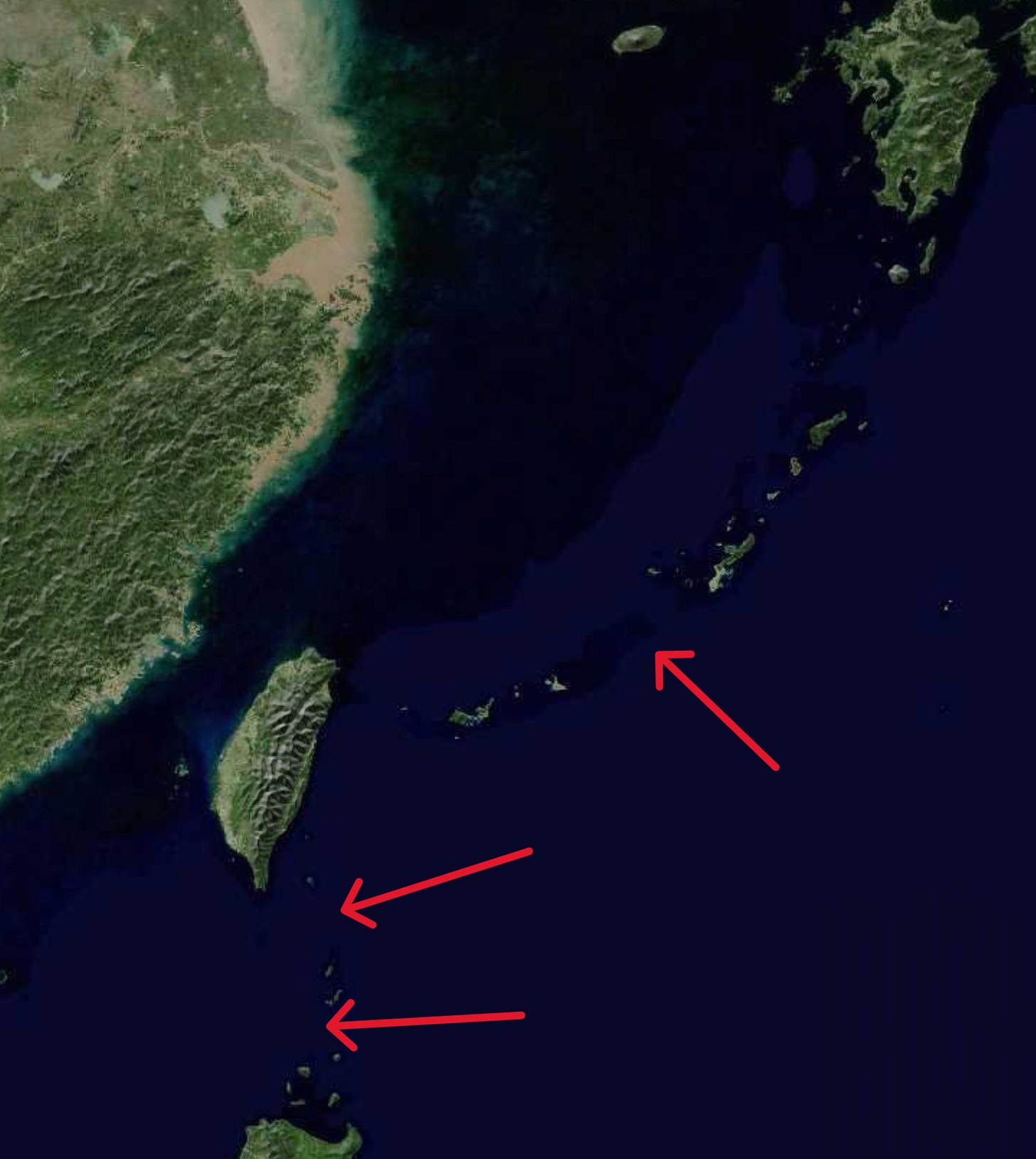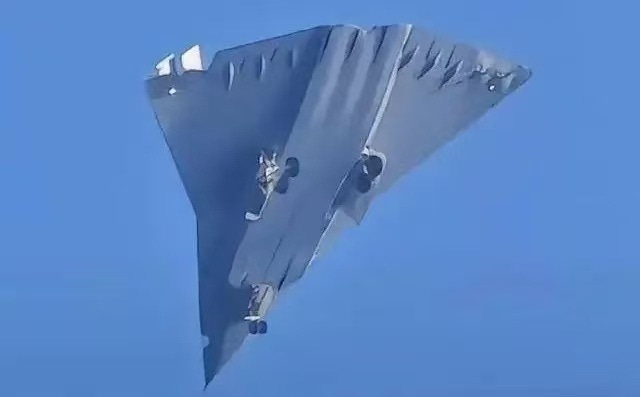The Myth of the Second Island Chain
What if the Second Island Chain cannot be held?
In recent years, as the First Island Chain has come under increasing power threats, the U.S. military has begun repositioning some of its forces to the Second Island Chain. This strategic shift incorporates more dispersed and flexible deployments, aiming to use the Second Island Chain as a final defence line and a launchpad for counteroffensives in the western Pacific.
However, a critical question arises: What if the Second Island Chain cannot be held? This issue can be analyzed through three key points:
1. The Illusion of a Coherent "Chain"
Although referred to as an "island chain," the Second Island Chain is, in reality, a dispersed line of islands with significant gaps.
The First Island Chain, stretching from Japan through the Ryukyu Islands, Taiwan Island, and the Philippines, features relatively dense islands. Its largest waterways, such as the Miyako Strait, Bashi Channel, and Balintang Channel, are no more than 300 kilometers wide. Not to mention, these islands have dense airports, ports, and various defence infrastructures
By contrast, the Second Island Chain is far less connected:
From Japan's southern Ōsumi Islands to the Ogasawara Islands (Bonin), the distance is nearly 1,000 kilometers.
The Ogasawara Islands are approximately 700 kilometers from the northern segment of the Northern Mariana Islands.
Most islands in the Northern Marianas cannot serve as operational support base. Usable islands like Guam and Tinian are 1,300 to 1,500 kilometers from the Ogasawara Islands, which exceeds the combat radius of most fighter jets. And Using air tankers in this region will face very high risks.
Furthermore, the Ogasawara Islands have only one airfield capable of supporting fighter operations, at Iwo Island, which was famous in the history of the WWII.
Conclusion: The Second Island Chain’s operational support capacity is far weaker than that of the First Island Chain, making it less effective as a strategic defense line.
2. The Evolution of Air Power
Recent developments in China’s air power capabilities further undermine the defensive potential of the Second Island Chain. For example, videos of China’s next-generation fighter jets (likely sixth-generation) showcase several significant advancements. The new fighter probably has an extended operational range, enhanced sustained supersonic cruise capabilities, and increased payload capacity along with a larger internal weapon bay volume.
When coupled with the firepower of land-based ballistic and cruise missiles, these advancements mean that isolated locations in the Second Island Chain—such as Guam and Tinian—would struggle to withstand concentrated and sustained attacks. The vulnerability of such positions raises doubts about their long-term viability in a high-intensity conflict.
3. The Shifting Sea Power Balance
The balance of sea power in the West Pacific Ocean is also shifting. China’s continuous deployment of new-generation naval vessels, combined with enhanced space-based and airborne support systems, increases the pressure on the U.S. Navy between the First and Second Island Chains.
This situation presents a significant challenge for the U.S. Navy, raising questions about when this pressure might reach a critical tipping point that would fundamentally alter the sea power balance in the western Pacific.
Conclusion
The U.S. military’s recent force realignment—including its movement from the First Island Chain to the Second Island Chain and its adoption of a dispersed deployment strategy across the Indo-Pacific—is likely to require significant reassessment and potentially large-scale adjustments.
The U.S.-Japan alliance faces a pressing challenge: If the U.S. military cannot effectively protect its assets in the Second Island Chain, how can it assure Japan that it can reliably protect Japan?






Well-meaning and patriotic Chinese people misapprehend their own capabilities and U.S. capacities. Taiwan's future will prove to be more like Canada's with respect to China than like Normandy, June 1944, with all the bloodshed. China simply lacks the military means for their political ambitions regarding Taiwan, and likely too in the South China Sea. Moreover, China's most powerful naval vessel is Peace Ark: the USA cannot effectively oppose Chinese navy goodwill visits that provision basic and needed medical care to impoverished ports of call. It would be wisest of the PLAN to focus on real world missions: anti-piracy, hostage rescue, counter-terrorism, rather than preparing for a war that will never come and the outcome of which would be defeat. True, the PRC is perfectly capable of fighting a war it knows it will lose, in hopes of winning the peace thereafter. This is however suboptimal war-fighting and it is more usually the case that the side which loses a war also loses the peace thereafter. Though, if Chinese warheads are truly gunning for a fight I would like to remind the world: Russia STOLE Chinese lands in the Amur valley and China should take them back.
https://osintbrief.susbtack.com
ANY & ALL US military assets, within 5000 km WILL be EXTERMINATED, in less than 1 hour.
The US “Island Chain” terminology is a WW2 OBSOLETE “power distance” concept, IRRELEVANT in a world of Mach30+ Hypersonic weapons.